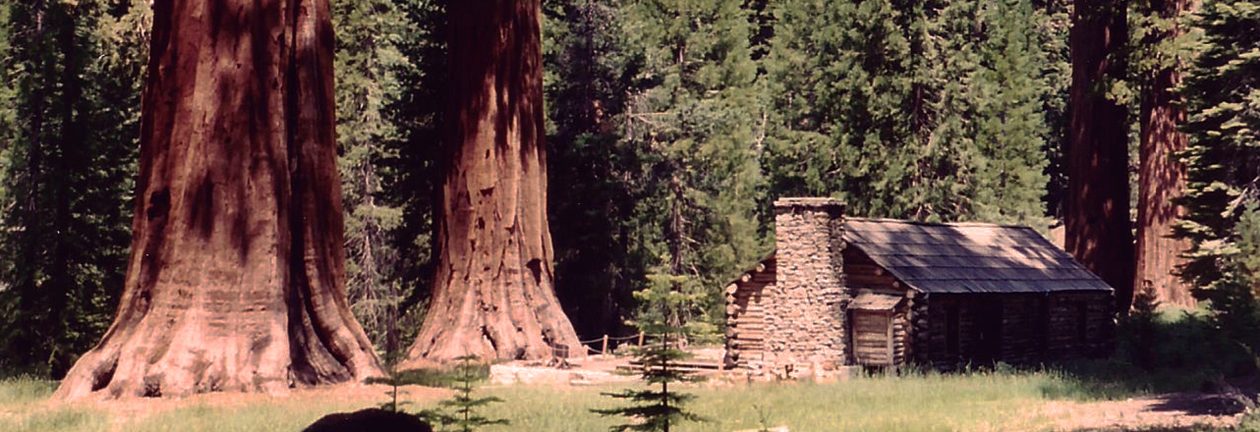Florence, Italy
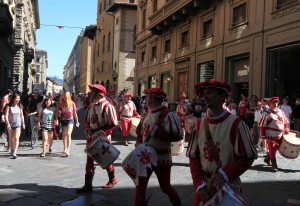

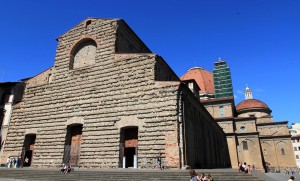
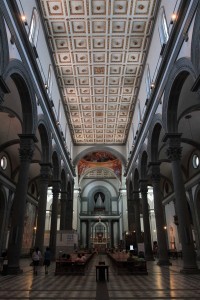
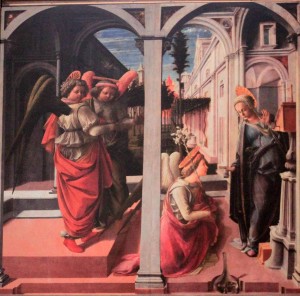
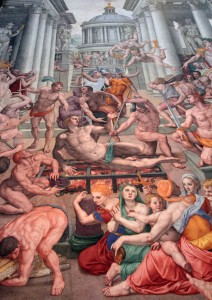
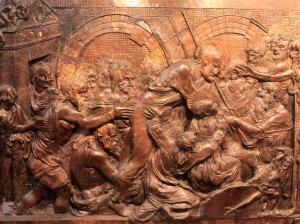

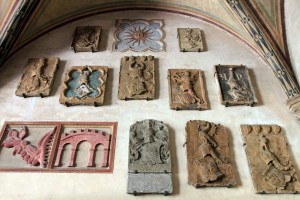
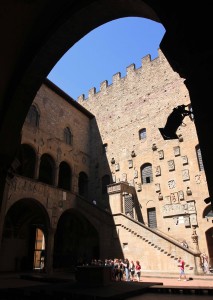
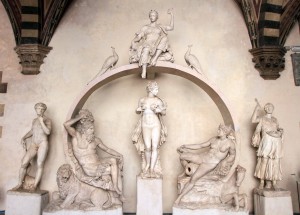
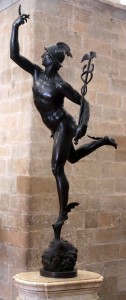
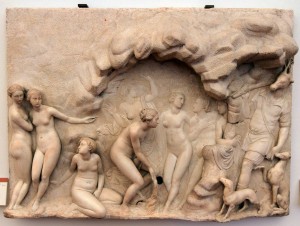

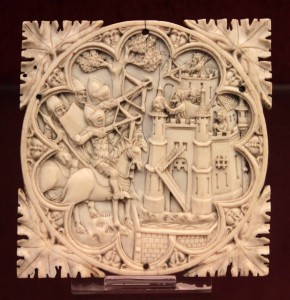
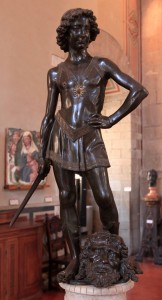
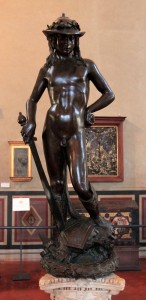
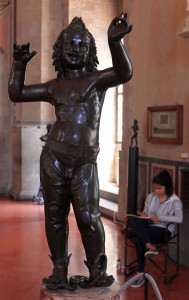
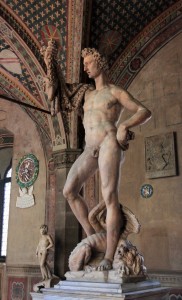
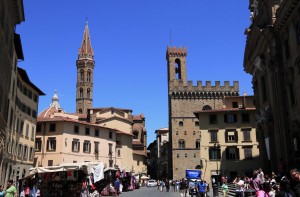
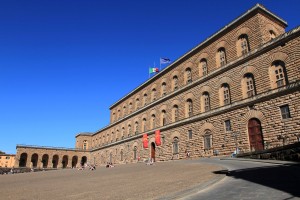
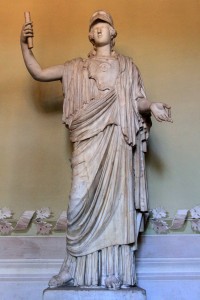
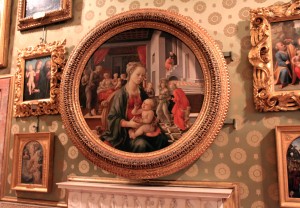
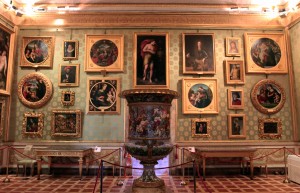
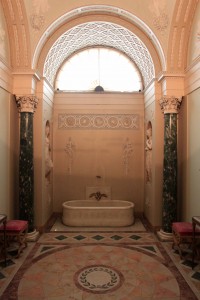
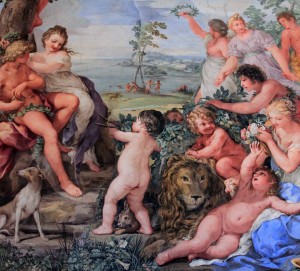
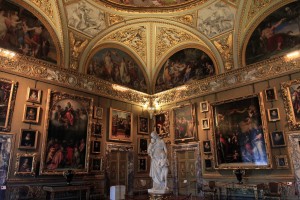
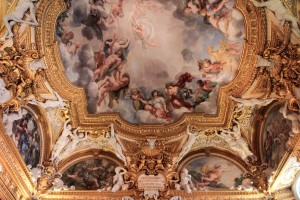
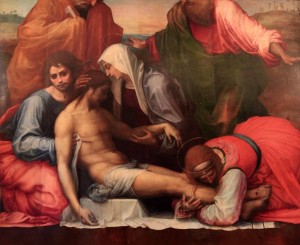
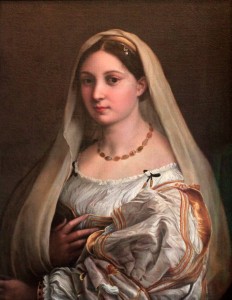
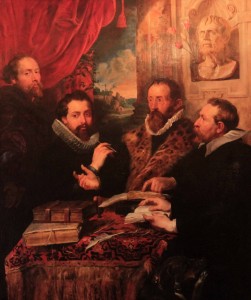
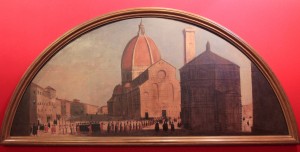
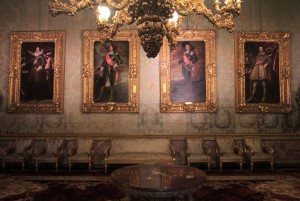
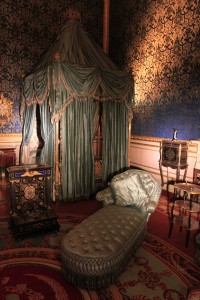
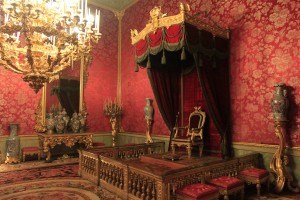

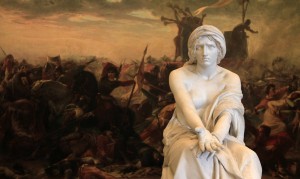
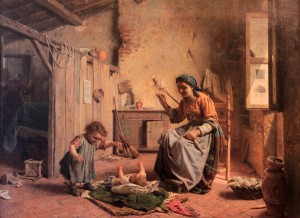
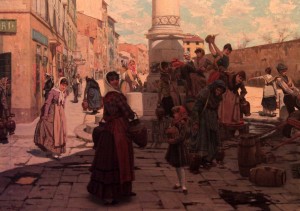
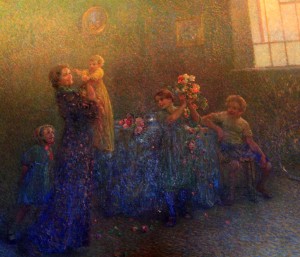
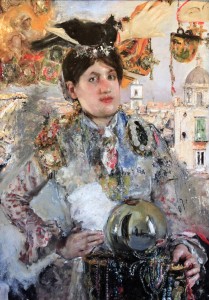
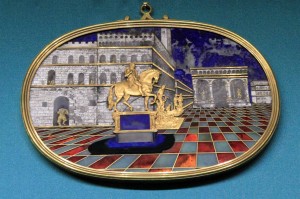
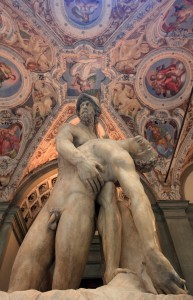
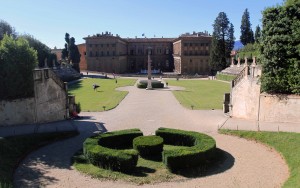
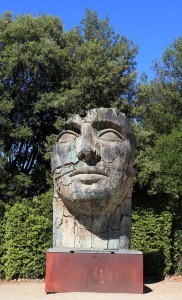
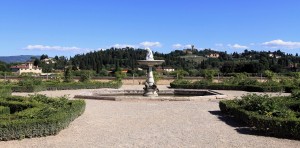
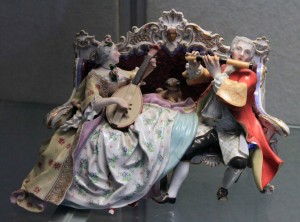
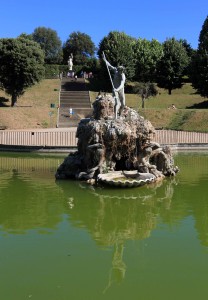

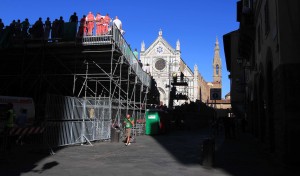
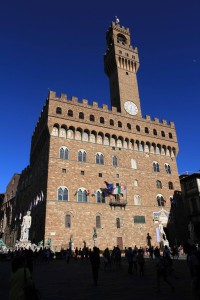
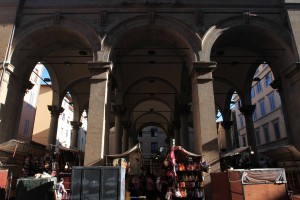

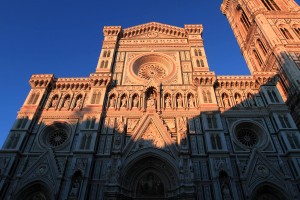
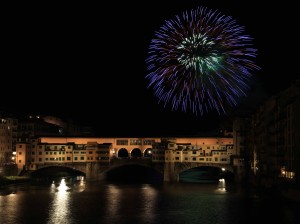
I woke up later than I would’ve liked today and got out of bed around 09:00 (so much for making it to the Galleria dell’ Academia (or “Gallery of the Academy of Florence”) before it opened at 08:15). I then showered, dressed, got ready, and exited the hostel. I walked northward to the Galleria and came across a parade of men in historical costumes – today, June 24th, is the feast day for Florence’s patron saint, St. John the Baptist, and later, at 17:00 in Piazza Santa Croce, the Calcio Storico Fiorentino finals begins (shame I couldn’t get tickets to see the match and watch the two teams brutally fight each other to win – I was told later that the White team (“Santo Spirito,” from the southwest quarter of the city) won 4-0). After the short parade passed by, I continued on only to be stopped again, by a crowd between the Baptistery and the Cathedral (“Cattedrale di Santa Maria del Fiore”); this time, mass for the Feast day was about to begin and I watched a large procession made up of many priests, bishops, officials (political and military – not that there is a difference these days), and men and women in historical costumes exit the Baptistery and enter in to the Cathedral; there were many different Christian orders and the priests/monks each wore their unique uniforms (I could not identify any of them). After watching the procession pass in to the Cathedral, I continued on to the Galleria dell’ Academia, but upon reaching it, I saw a line stretched around the block and it looked as though I would have to wait an hour or so just to get in; I scoffed at this idea and decided to save the Galleria for tomorrow; so, I walked westward to the Basilica di San Lorenzo (“Basilica of St Lawrence”) instead. San Lorenzo was the parish church of the Medici family and in 1419 AD, Giovanni di Bicci de’ Medici offered to finance a new church to replace the eleventh-century AD Romanesque building and the current structure is now deemed considered a milestone in the development of Renaissance architecture; also, even though the current church was built – at least partially – under the direction of Filippo Brunelleschi, it is not purely of his design. Upon reaching San Lorenzo, I entered inside and wandered around the interior of the church, looking at all the sculptures and paintings inside, as well as one of Donatello’s bronze pulpits that had just been renovated (the other was covered and still undergoing restoration efforts). After exiting San Lorenzo, I walked to my next destination . . . [sigh] sadly I did not do my research prior to visiting the Basilica and I completely missed the Cappelle Medicee (“Medici Chapels”), on the back side of the Basilica; these chapels are incredible works of art and arguably one of the sites one is not to miss while in Florence (certainly more worthwhile than the Basilica itself); I did not realize my mistake until late on June 25th. Anyway, I walked on to the Museo del Bargello (“National Museum of Bargello”), which is in one of the oldest buildings in Florence (dating back to at least 1255 AD); it was initially the headquarters of the Capitano del Popolo (“Captain of the People”) and later of the Podestà; in the sixteenth-century AD, the palace became the residence of the Bargello (the head of the police) and was used as prison during the eighteenth-century AD. After paying for my entrance ticket, I entered inside and started looking at all the art treasures within its walls (sculptures, paintings, coats of arms, terracotta, jewels, etc.); the best treasures in this museum were several of Donatello’s works (‘David’ (1409 AD), ‘St. George’ (1417 AD), and his more well-known ‘David’ (1440 AD)). After walking around both floors of the National Museum of Bargello, I exited the building, walked south, crossed the Arno River, and made my way to the Palazzo Pitti (“Pitti Palace”). The core of the present palace dates from 1458 AD and was originally the town residence of Luca Pitti, an ambitious Florentine banker; the palace was then bought by the Medici family in 1549 AD and became the chief residence of the ruling families of the Grand Duchy of Tuscany; in the late nineteenth-century AD, the palace was used as a power base by Napoleon, and later served for a brief period as the principal royal palace of the newly united Italy; finally, the palace and its contents were donated to the Italian people by King Victor Emmanuel III in 1919 AD. Inside the palace are many, many, many paintings, sculptures, jewels, porcelain, intricately crafted ivory and miniatures, costumes, and ornately decorated rooms – I can’t fathom anyone living this sort of luxurious life today, but I guess many generations of wealthy families continually adding treasures over the years helps. Upon reaching the palace, I entered inside, bought my tickets, and started wandering around. First, I walked through the Palatine Gallery, which contains a large ensemble of over 500 principally Renaissance paintings, which were once part of the Medicis’ and their successors’ private art collection; this gallery also exists in the Royal Apartments and each room was beautifully crafted paintings on the ceilings and sculptures on the edges. This gallery was incredible and I enjoyed walking through the palatial rooms. Next, I walked around the costume gallery, which mostly contained dresses from the twentieth-century AD although there were some costumes from the sixteenth-century AD (including an outfit that belonged to Cosimo I de’ Medici). Then, I entered in to the Modern Art Gallery, which contains paintings (mostly) and sculptures from the nineteenth- and early-twentieth-centuries AD. After viewing this gallery, I walked to the Treasury (or “Silver Museum”) which had an abundant and ridiculous amount of treasures (jewels, intricate miniatures, etc.). I walked through all the rooms, astonished at the number of luxurious items in the collection. After walking through the treasury, I exited the palace building and walked to the gardens (named the “Boboli Gardens”). These gardens were pleasant to walk through and there were some nice paths, fountains, ponds, and sculptures; however, the gardens at Schönbrunn Palace were much more remarkable. While walking through the gardens, I reached the Casino del Cavaliere, which now houses a modest porcelain museum, and toured its insides. I then walked around until I was satisfied I had seen the most worthwhile portions. Finally, near 18:00, I exited the gardens and walked to the Piazza Santa Croce to see if I could see any of the Calcio Storico Fiorentino finals. As I neared the Piazza Santa Croce (where the field and bleachers were set up for the game), I found the streets all blocked; all one could see is the stands and green smoke (?), as well as hear the announcer and crowds. Disappointed again, I walked around the city rather aimlessly, looking for a decent place to eat. I walked past the Cathedral and decided to stop and get a good look at the east doors, or “Gates of Paradise,” on the Baptistery, which were crafted by Lorenzo Ghiberti and his workshop – taking 27 years to complete (unfortunately, these are copies; the originals have been taken down and are being preserved). I then walked southward, passing by a bar that was broadcasting the game, but it was too crowded for me to want to stop in. Finally, I found a suitable place to eat, not far from the Baptistery (yes, I ended up walking in a long circle), and had beer, bruschetta with seasoned lard, and a pizza with artichokes, mushrooms, sausage, olives, and ham. After dinner, I treated myself to a cup of gelato. Then, I walked back to the hostel via the Ponte Santa Trinita Bridge, which was already getting very crowded with people waiting for the 22:00 fireworks to celebrate the Feast of St. John the Baptist; it was now nearly 21:00 and I decided to stick around since I found a decent spot where I could set up my tripod. I then waited, standing next to a bunch of American tourists (there are way too many Americans in Italy, I miss being in the minority, surrounded by Dutch, German, British, Australian, and French travelers) for over an hour. Finally, at 22:00, the fireworks began, fired off from the Piazzale Michelangelo. I must admit, I found the display a little underwhelming; it was too far away; also, after having seen the 2014 AD New Year’s celebration at Dubai (which made a Guinness World Record for the amount of fireworks set off), it would be hard for me to be awed by any other display. Once the fireworks were completed and everyone cheered, I packed my tripod away, walked to a market to buy water and Gatorade, and then returned to the hostel. I then got ready for bed (after waiting a half hour to use the bathroom – a big problem in this hostel) and went to sleep after 23:30.
